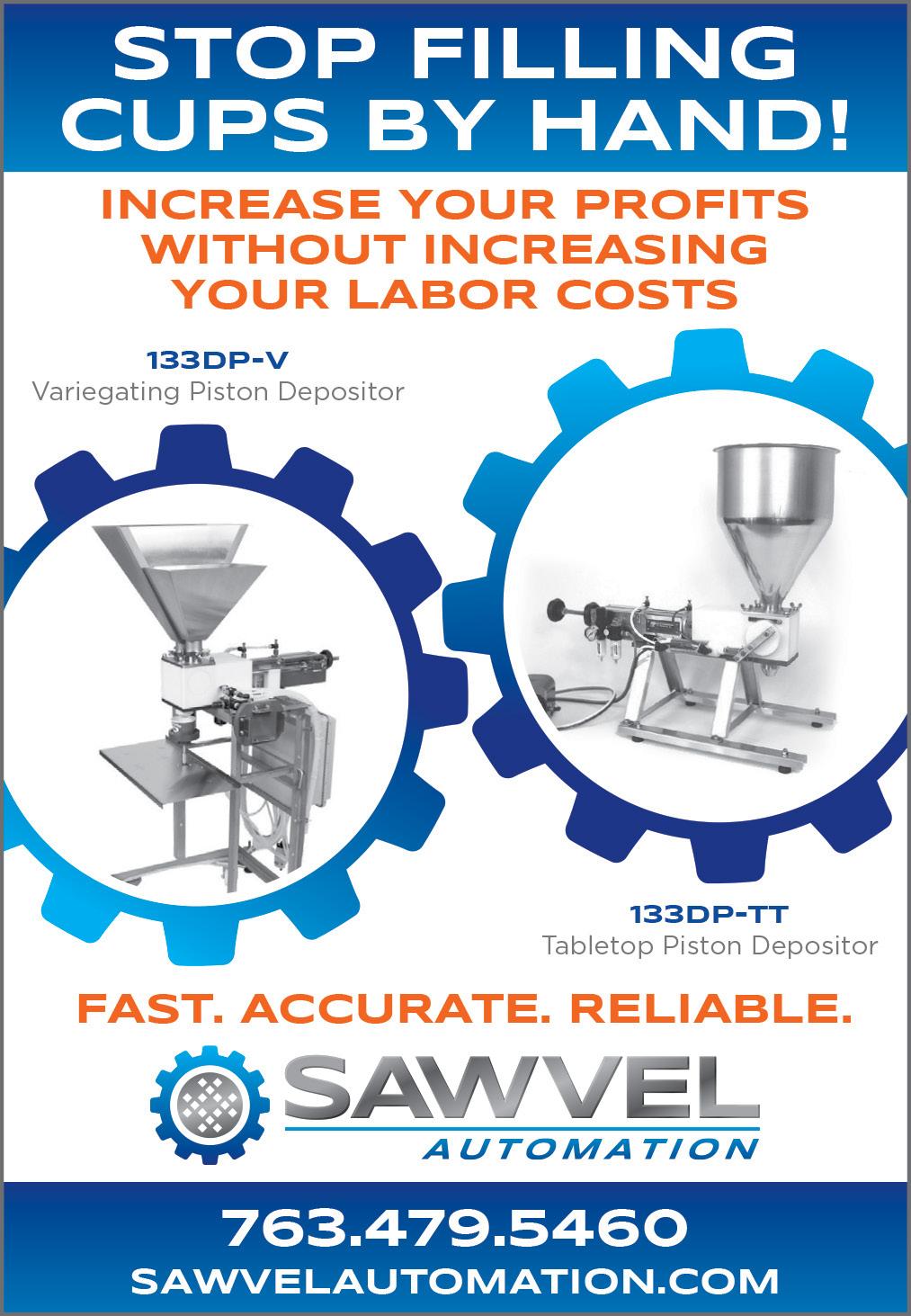The American Rescue Plan of 2021 by Mark E. Battersby The American Rescue Plan (ARP), the controversial $1.9 trillion pandemic relief bill is now a reality. Included in the new bill were the much-publicized provisions that are sending $1,400 payments to individuals earning up to $75,000 and couples earning up to $150,000 based on either 2019 or 2020 tax returns. The new bill’s provision on unemployment insurance contained a $300 weekly boost in benefits into September with the first $10,200 tax-free for workers in households earning up to $150,000 a year. Best of all, the new bill continued to extend benefits for the self-employed and “gig” workers. In addition to the self-employed, hard-hit ice cream and frozen dessert businesses will reap their share of benefits from a number of programs including more, much needed funding. Funding, We’ve Got Funds The ARP allocated a whopping $350 billion in new Coronavirus Relief Funds for states, localities, the U.S. Territories
and the Tribal Governments to help keep critical workers on the job. Although the bill provided no information about how a frozen dessert business can tap these funds, other funding programs appear more accessible. A whopping $10 billion has been allocated to help states assist their small businesses. The State Small Business Credit Initiative, with $2.5 billion set aside for businesses owned and controlled by socially and economically disadvantaged individuals, including minority-owned businesses, will enable state governments to make low-interest loans and other investments to help their small business economies recover. Under the ARP, another small business financing program has been created to leverage $35 billion in government funds into $175 billion in additional small business lending and investment. The funds will be invested in successful state, local, tribal and non-profit small business financing programs. The goal is to provide low interest loans and venture capital to help entrepreneurs -– including those in the clean energy sector -– innovate, create and maintain jobs and provide the essential goods and services that communities depend on. The PPP Business Rescue The Paycheck Protection Program (PPP) was created to help borrowers meet their payroll and operating costs with the potential of being forgiven. Already taking applications for second-round loans the PPP got an additional $7.25 billion in funding. Seasonal businesses are eligible for program loans even if the business was dormant or not fully operating on February 15, the primary PPP loan eligibility date. Instead, if the business was operating for any 12-week (up from the previous 8-week) period between February 15, 2019, and February 15, 2020, it is eligible for a PPP loan. For the record, seasonal employers and businesses are ones that don’t operate for more than 7-months in any calendar year or during the previous year had gross receipts for any 6-months that were not more than 33.33% of the gross receipts for the other six months of that year. As with earlier versions of the PPP, loans will be fully forgiven if at least 60% of the money is used to support payroll expenses with the remainder going to mortgage interest, rent, utilities, personal protective equipment or certain other business expenses. Loan payments will be deferred for six months and no collateral or personal guarantees are required. Nor, will either the government or lenders charge small businesses any fees. Businesses that receive PPP loans may have the loan forgiven if they meet certain criteria, including not laying off employees during an eight-week period covered by the loan. If they are not forgiven, the loans have a maturity of 2
16
Reader Service #111
The National Dipper
May/June 2021



